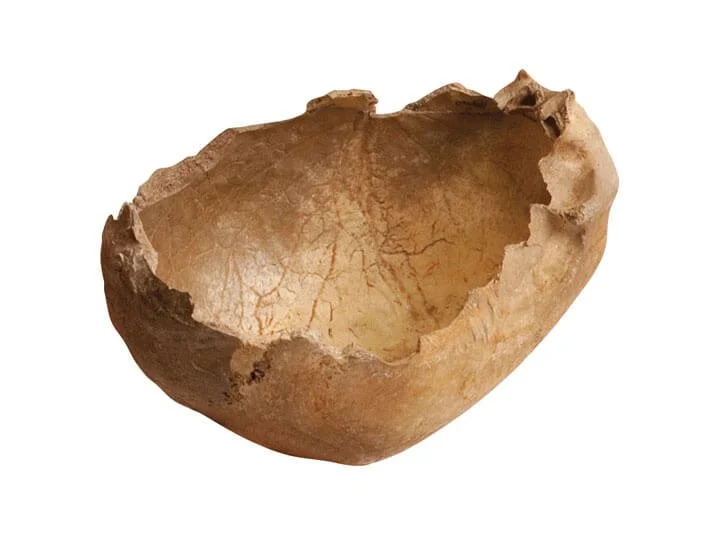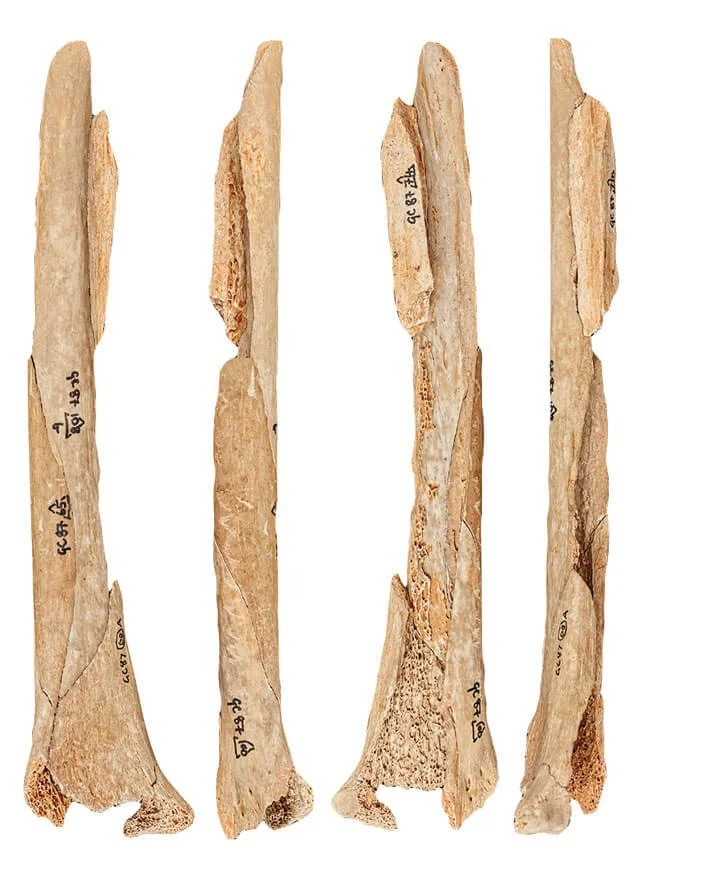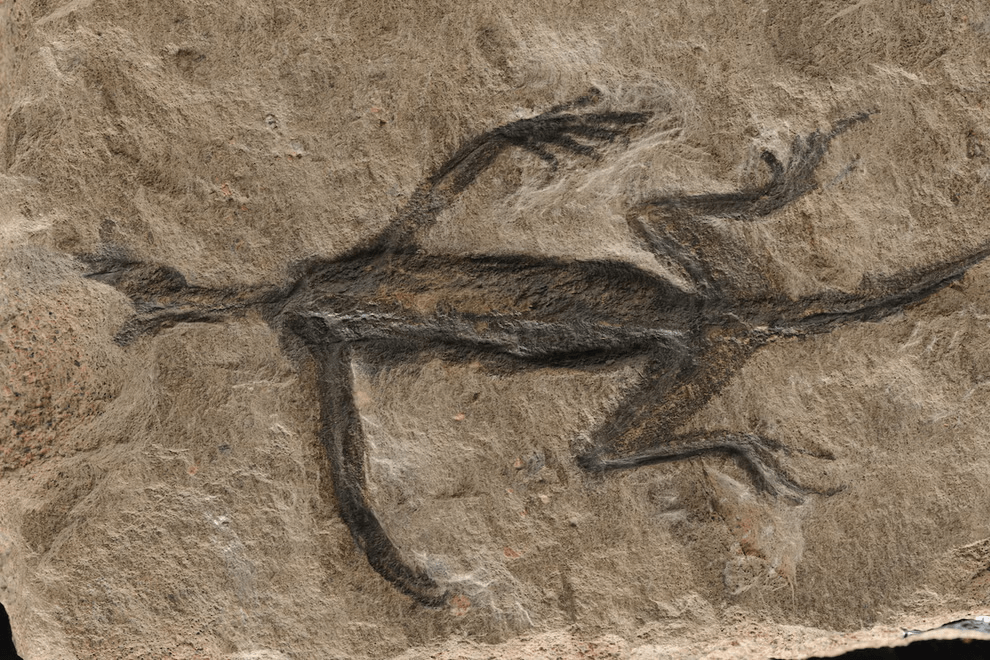In the depths of Appalachia lie enigmatic ancient ruins, hinting at a civilization predating even the arrival of Native Americans. These mysterious remnants have long fascinated generations of explorers, historians, and the curious, all drawn by the enigma of the "moon-eyed people." The earliest documented encounter with these ruins dates back to 1782 when frontiersman John Sevier stumbled upon what appeared to be a sprawling military complex atop a Georgia mountain.
Sevier's discovery revealed a fortified structure, encircled by a 12-foot-wide stone wall standing 2-4 feet tall, encompassing 100 acres of mountaintop. Intrigued by this ancient marvel, Sevier sought the wisdom of Cherokee Chief Ocotosota, who, at over 90 years old, recounted a haunting tradition. According to the chief, the fort was constructed by fair-skinned individuals from distant lands across the sea, long preceding the arrival of indigenous peoples. Descriptions of these "moon-eyed" people depict them as an albino race dwelling in small circular structures crafted from upright logs, with the excavated earth forming roofs.
Coincidentally, around the same time, researcher Benjamin Barton documented accounts of similar moon-eyed beings encountered by Welsh explorers in Panama during the 1700s. These explorers lived among them briefly, describing them as albino individuals with enhanced nocturnal vision, capable of seeing better in darkness than in daylight. These parallel accounts from disparate regions further deepen the mystery surrounding the moon-eyed people, inviting speculation and intrigue into their ancient origins and enigmatic existence.







































